College Closed for MLK Day
Wake Tech is closed Monday in observance of Martin Luther King Jr. Day. Prospective students can still apply online. The college will reopen Tuesday morning.
Outdoor Geology Lab Tour: Diorite
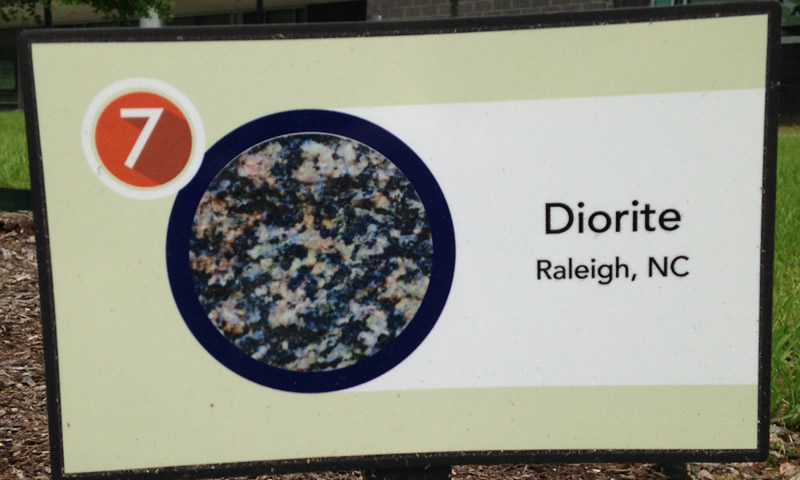
Rock type
Igneous
Description
At a distance, this boulder is flat medium gray, but when you look closely, you notice large black, gray, orange and green speckles throughout.
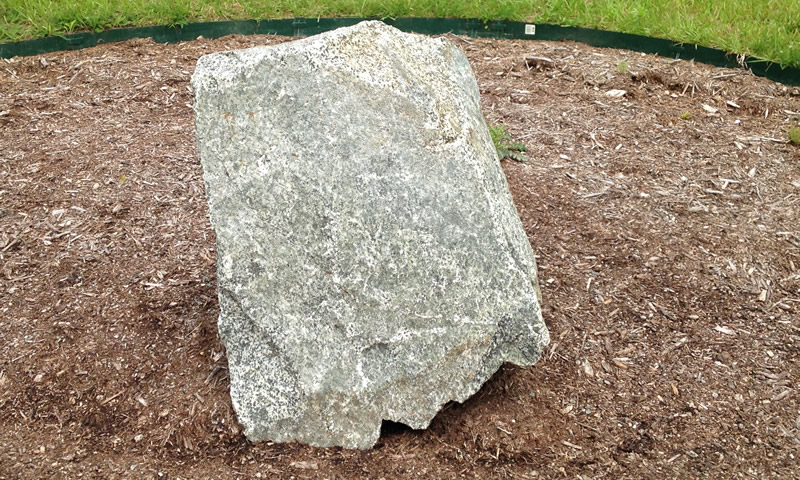
Figure 1: The diorite boulder on Scott Northern Wake Campus
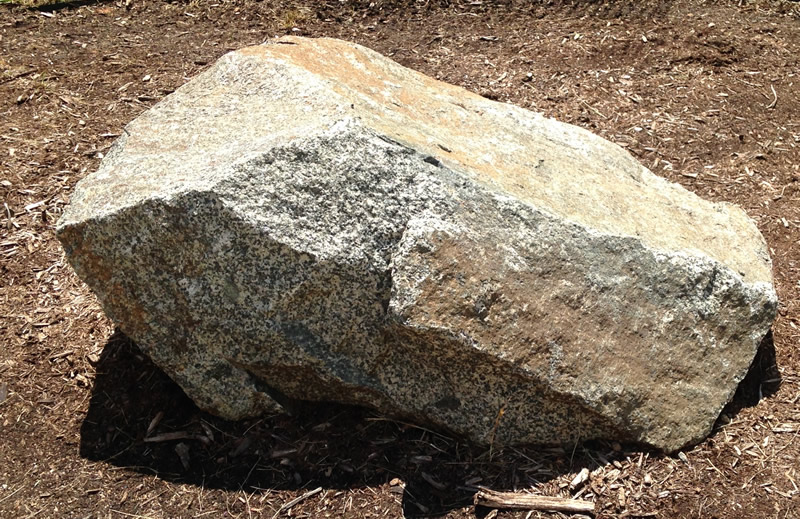
Figure 2: The diorite boulder on Southern Wake Campus
Unique features
The large minerals and the mix of light and dark-colored minerals.
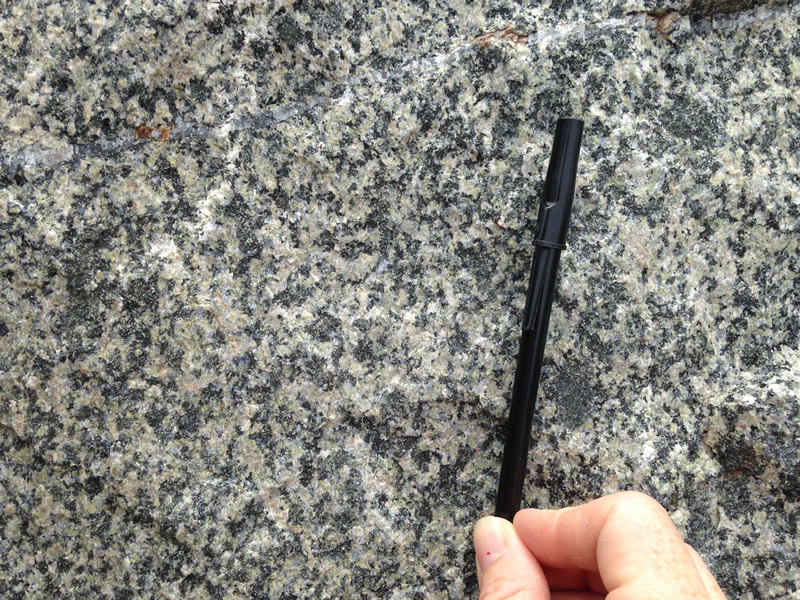
Figure 3: The surface of the diorite with a hand and black ballpoint pen for scale. Notice how large the minerals are, easily visible to the naked eye.
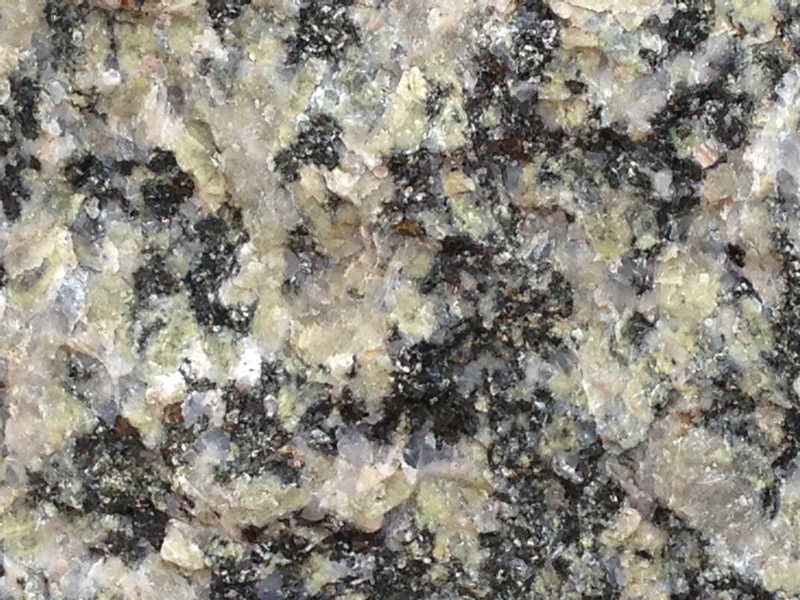
Figure 4: A magnified view of the surface of the diorite. Notice the different minerals in this image. The black may be hornblende or amphibole, the green is likely epidote and white and orange are types of feldspar.
How did it form?
Diorite is a course-grained igneous rock that forms when magma rich in silica cools slowly deep within the Earth's crust.
How would a geologist figure out how it formed using rock characteristics?
Laboratory experiments have demonstrated that, when molten rock material cools quickly, minerals in the resulting rock are very small, often microscopic. The longer the molten magma is allowed to cool, the larger the minerals become in the resulting rock. The visible grains in the diorite, therefore, suggest that the molten material that was to form the diorite cooled slowly in a warm environment deep in the Earth's crust, allowing the crystals time to grow to their large-enough-to-be-seen size.
Other interesting information
Igneous rocks are found all around the world, and based on where different rocks are found and the plate tectonic settings in those places, we have observed that rocks that contain the minerals found in the diorite tend to form at volcanoes over subduction zones. Geologists believe the rocks that make up North Carolina and much of the southeastern United States formed at volcanic arcs over subduction zones millions of years ago. These zones later collided to form North America. This diorite is part of the evidence for this.
2023 Footer Column 1
2023 Footer Column 2
- Wake Tech Mobile App
- Help & Support
2023 Footer Column 3
- Connect
919-866-5000
Contact Us | Terms of Use | Privacy Policy | Campus Policies | Site Map







